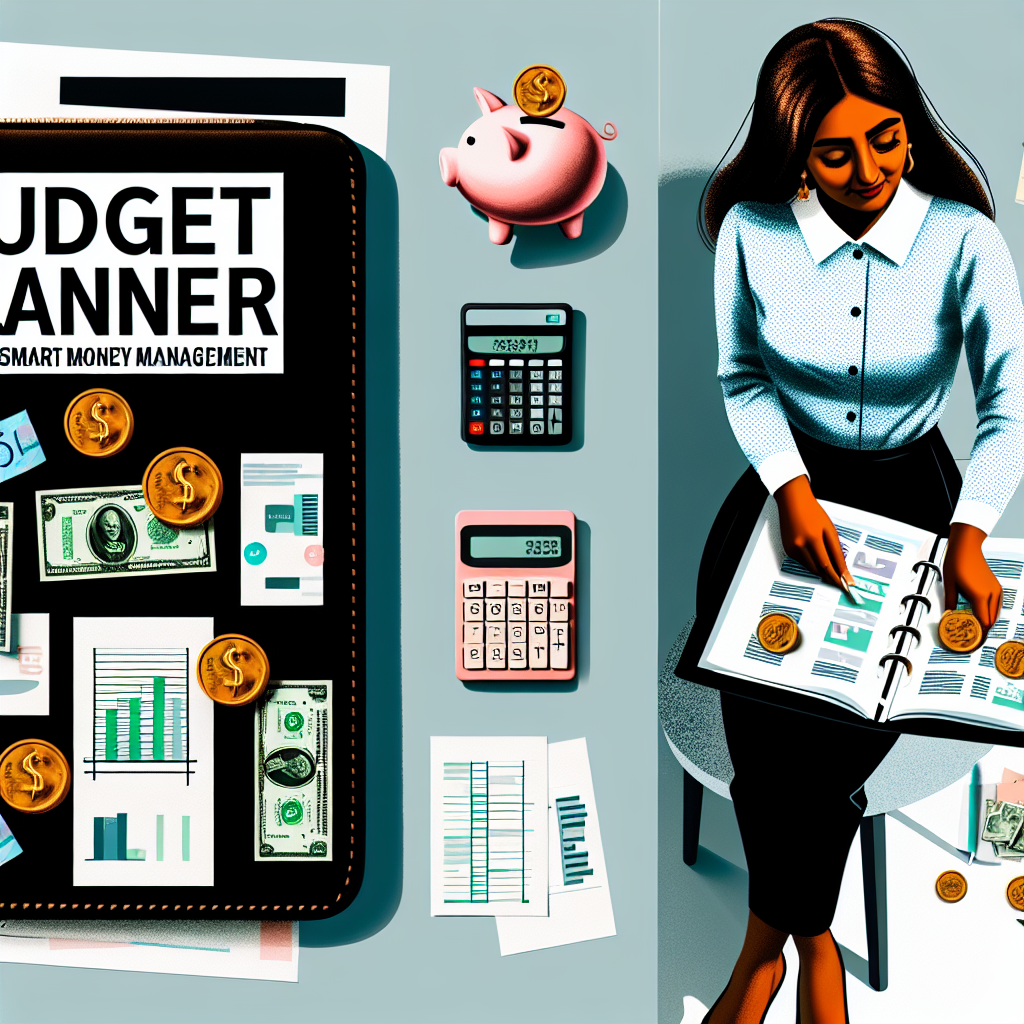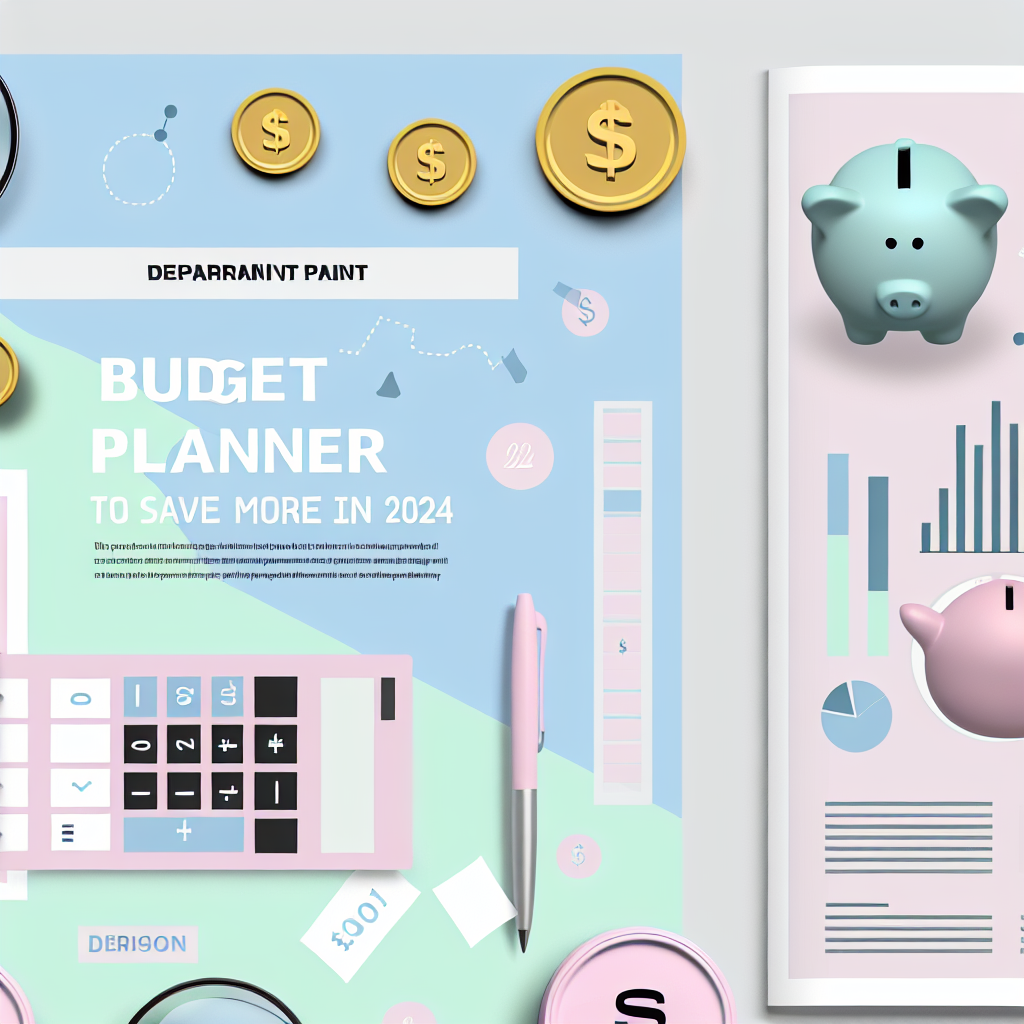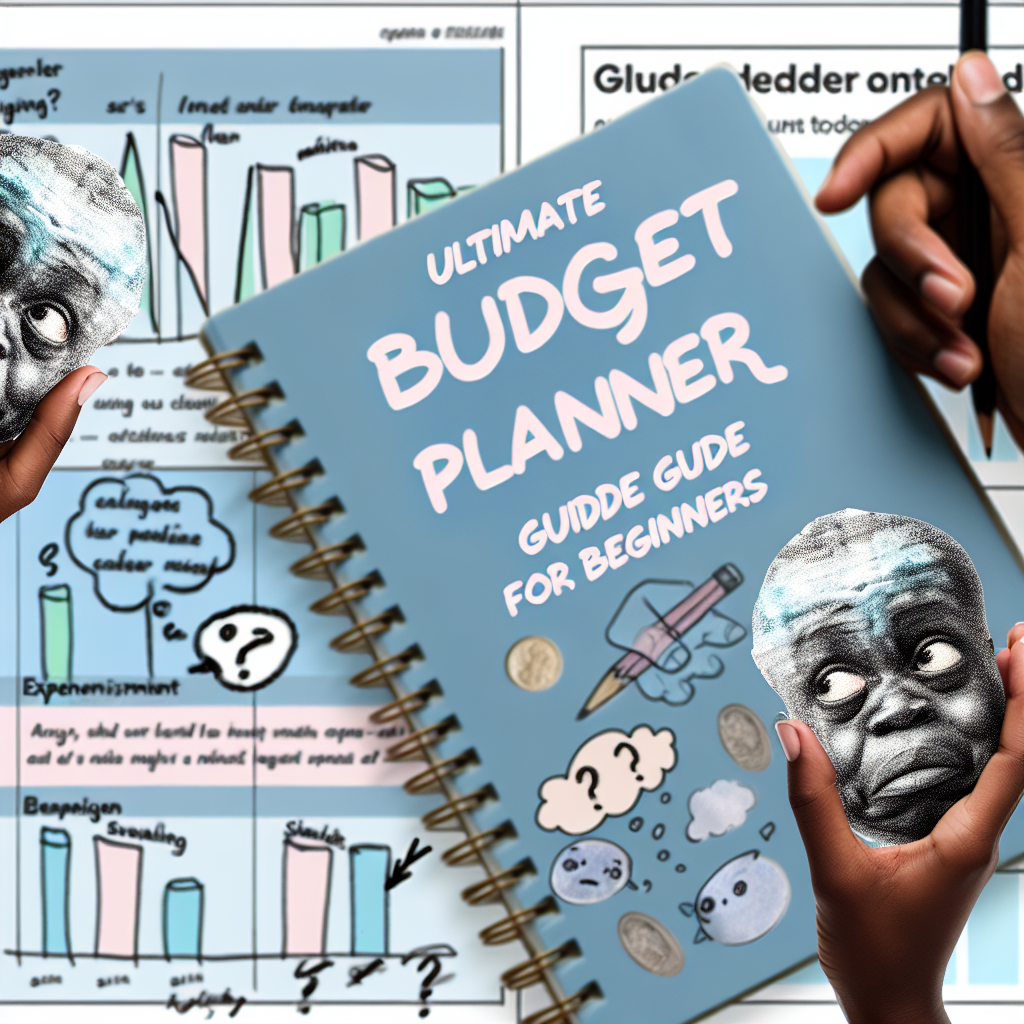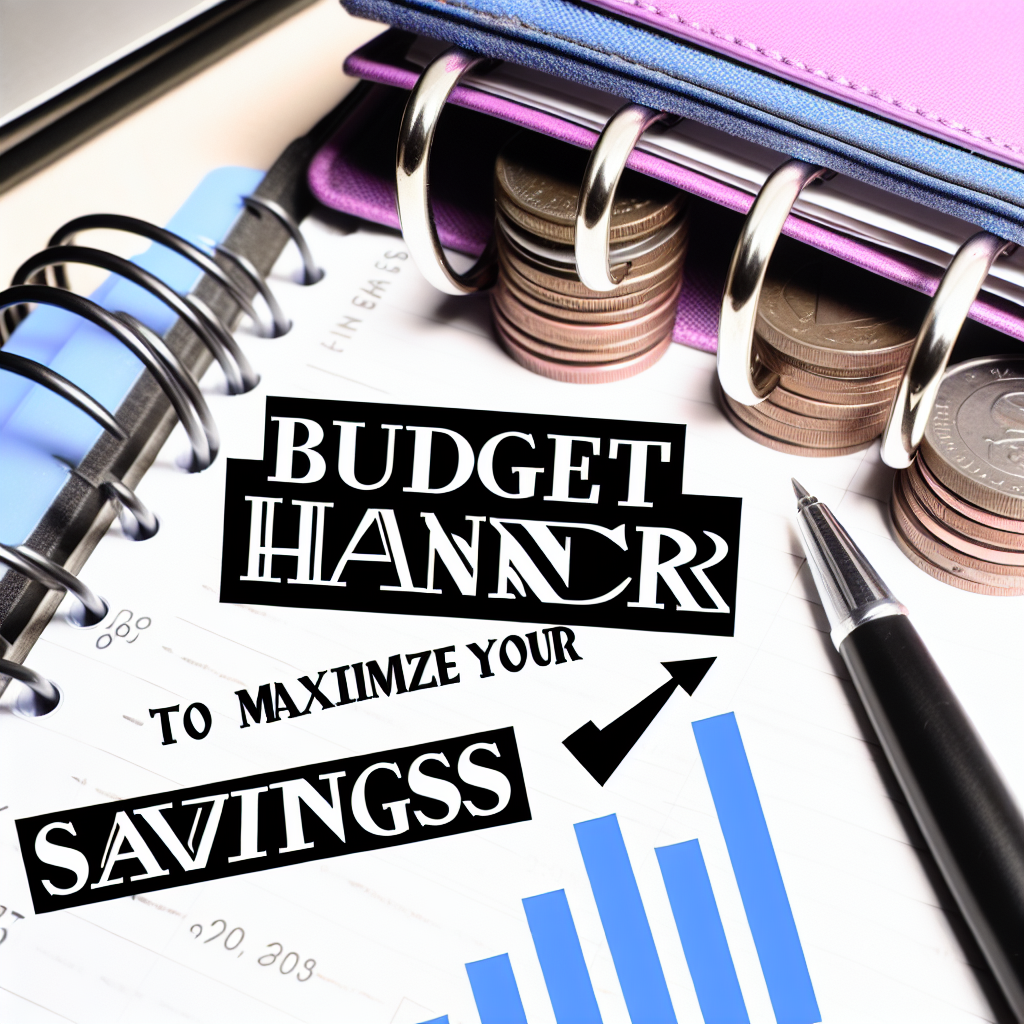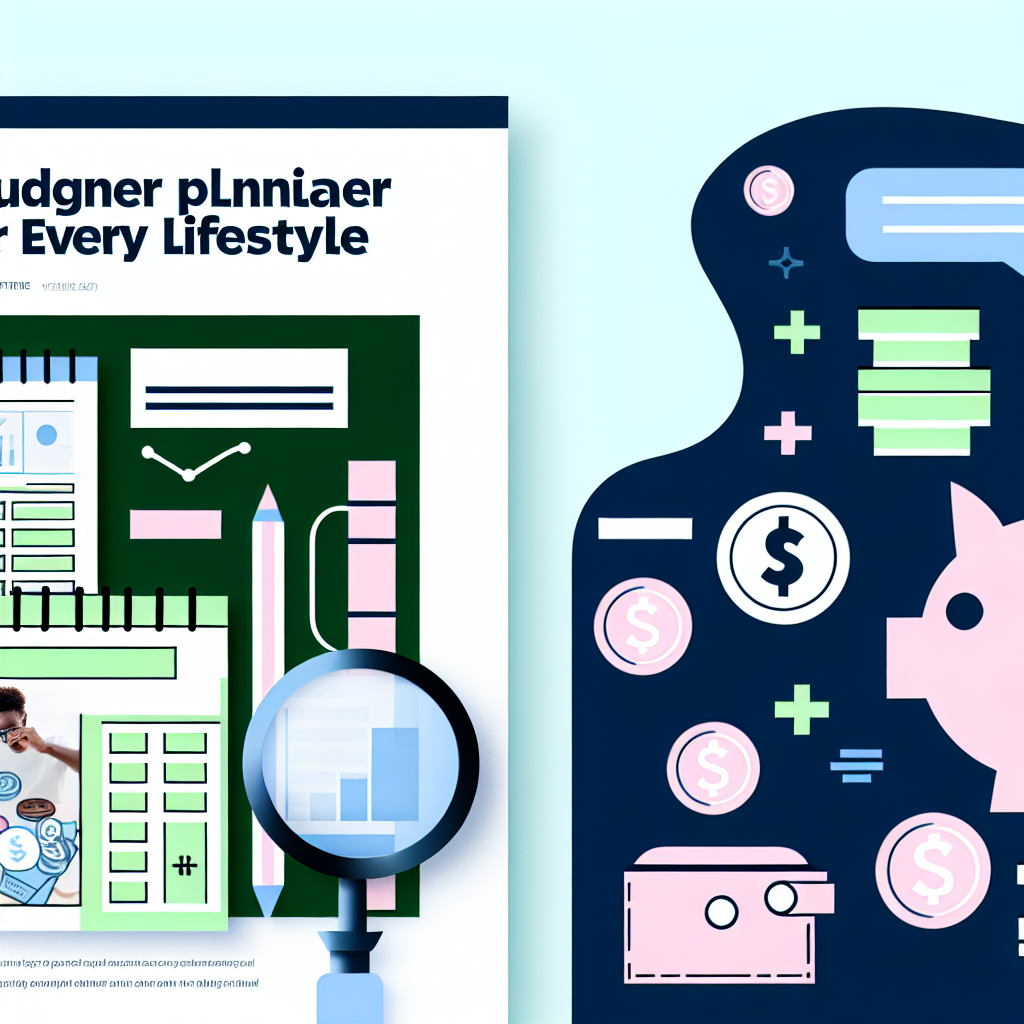=
I still remember the night I sat on my tiny couch, staring at a crumpled napkin with “NO SPENDING” scrawled across it in shaky letters. It was my very first attempt at budgeting—an embarrassing mix of hope and desperation. I had no idea what I was doing, but I was tired of feeling like my money disappeared into a black hole every month. Rent was looming, bills were piling up, and my credit card debt felt like a rain cloud following me everywhere. That napkin didn’t work, of course. But it was the start of something.
Here’s the thing about creative budgeting tips for tight monthly budgets: it’s not about having a perfect spreadsheet or some fancy app. It’s about figuring out how to make your money work for you when every dollar feels like it’s already spoken for. And honestly, it took me a long time to realize that budgeting wasn’t about restriction or punishment—it was about freedom, tiny step by tiny step.
The Moment I Realized Budgeting Wasn’t a Punishment
It hit me one evening when I was nervously trying to track my expenses on a free app. I kept feeling guilty every time I typed in a coffee purchase or a late-night snack. But then I thought: what if budgeting wasn’t about saying “no” all the time, but about knowing when and how to say “yes” without the anxiety? That’s when I realized creative budgeting isn’t about cutting everything out—it’s about making room for what matters, even on a tight budget.
How I Learned to Budget Creatively (Without Losing My Mind)
The first thing that actually worked for me was ditching the idea of a “perfect” budget. Instead of trying to predict every penny, I started tracking my spending with a little notebook. It was messy and imperfect, but it gave me a real picture of where my money was going. I remember being hesitant to try this because I thought I’d feel ashamed, but honestly, it felt like lifting a weight off my shoulders.
Then, I tried what I call the “fun fund” trick. It might sound weird, but setting aside just $10 a week for something that made me happy—whether it was a cheap movie rental or a small treat—changed everything. It stopped the binge spending binges because I wasn’t starving myself of joy; I was just budgeting for it.
Another unexpected lifesaver was swapping out expensive habits for creative alternatives. Instead of grabbing takeout, I learned to love cooking simple meals with what I had. It wasn’t gourmet, but it saved me $50 or more a week. I also started using free local events as my entertainment—parks, library talks, community meetups. It reminded me that fun doesn’t have to come with a price tag.
Lastly, I embraced flexibility. When I overspent on something one week, I didn’t beat myself up. Instead, I adjusted the next week’s budget. This little mindset shift kept me going without feeling like a failure every time I slipped up.
I Know What You’re Thinking
You might be reading this and thinking, “This sounds hard,” or “I don’t have enough money to even start.” Believe me, I’ve been there. I used to think budgeting was only for people who made more money or had their lives together. But the truth is, creative budgeting is for anyone who’s willing to try—even if it’s just one small thing at a time.
You don’t need a financial degree or a perfect plan. You just need to be honest with yourself and take one tiny step. Maybe it’s writing down your expenses for a week or setting aside $5 for something that makes you smile. Whatever it is, it counts.
A Little Message From Me to You
If you’re feeling overwhelmed or stuck, know that you’re not alone. I’ve been in the trenches, fumbling through mistakes and awkward moments. Creative budgeting isn’t about being perfect—it’s about being real. So, today, give yourself permission to start messy. Start small. Start with kindness for yourself. Because every little step you take is a victory. And trust me, those victories add up faster than you think.
💡 Want more tips like this? Explore more ways to save funds and plan your budget wisely!


